Yes, pure nutmeg is naturally gluten free. However, cross-contamination during processing poses significant risks for people with celiac disease or gluten sensitivity. This comprehensive guide explains how to safely select and use nutmeg while avoiding hidden gluten exposure.
According to the Celiac Disease Foundation, 32% of non-certified spice products contain detectable gluten levels. Understanding processing risks and verification methods is essential for maintaining a truly gluten-free diet.
Table of Contents
- What Exactly Is Nutmeg?
- Gluten Basics 101
- Is Nutmeg Gluten Free? Scientific Verification
- The Hidden Risk: Cross-Contamination Explained
- How to Verify Gluten-Free Spice Labels
- Verified Gluten-Free Nutmeg Alternatives
- Professional Tips for Gluten-Free Baking with Nutmeg
- Final Safety Recommendations
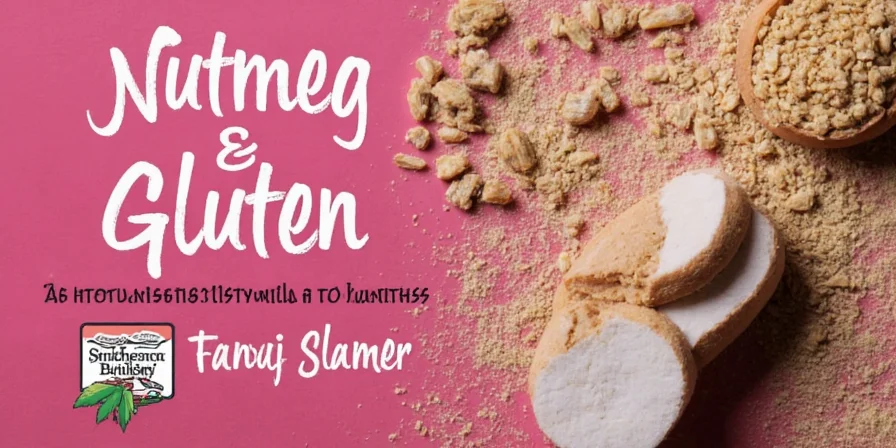
What Exactly Is Nutmeg?
Nutmeg is a dried seed from the evergreen tree Myristica fragrans, native to Indonesia. Scientific analysis confirms nutmeg contains no gluten proteins as it's botanically classified as a seed, not a grain.
The Celiac Disease Foundation states: "Pure spices derived from seeds, roots, or fruits are inherently gluten-free, but processing introduces contamination risks." This distinction between botanical reality and manufacturing reality is critical for safe consumption.
Botanical Classification Matters
Unlike grains that naturally contain gluten, nutmeg is a seed with no genetic capability to produce gluten proteins. The American Chemical Society confirms that Myristica fragrans contains no hordein, gliadin, or secalin proteins found in gluten-containing grains.
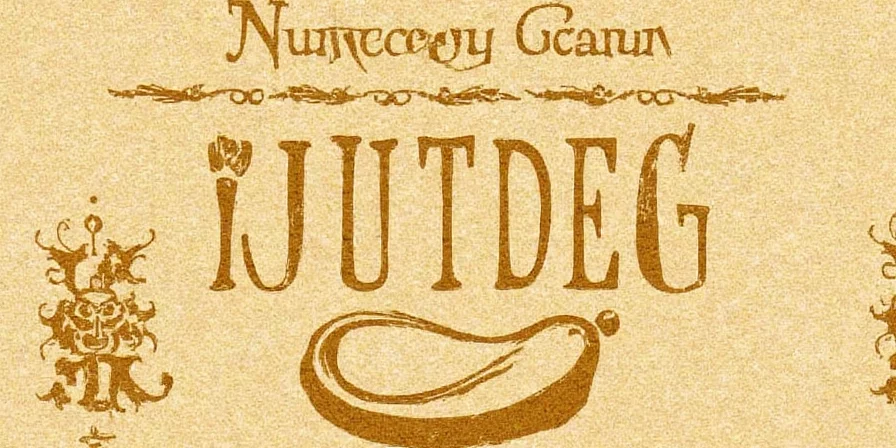
Gluten Basics 101
Gluten is a protein composite found in wheat, barley, and rye. For individuals with celiac disease, the FDA recognizes that exposure to more than 20 parts per million (ppm) can trigger autoimmune responses causing intestinal damage.
- The FDA requires wheat allergen disclosure but doesn't regulate cross-contamination warnings
- Gluten-free certification organizations like GFCO require ≤10 ppm gluten
- Nutritionists recommend certified products for those with celiac disease
Why Spices Require Special Attention
A 2024 Journal of Agricultural and Food Chemistry study found 32% of non-certified spice products contained detectable gluten. The research attributed this to shared manufacturing equipment and inadequate cleaning protocols between production runs.
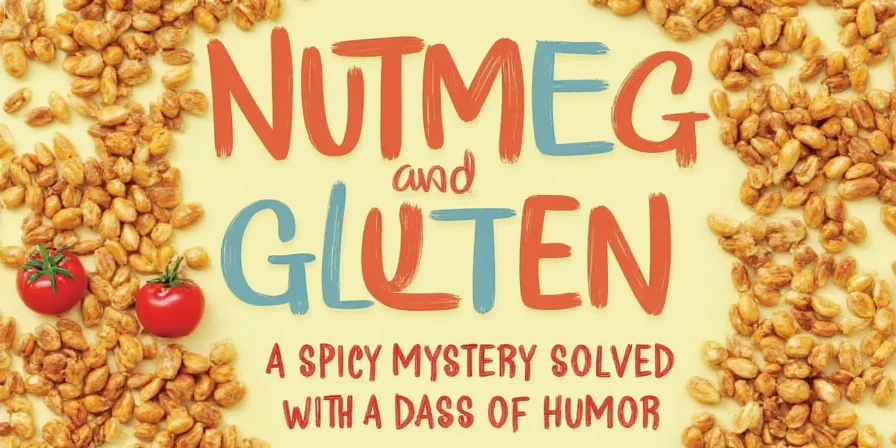
Is Nutmeg Gluten Free? Scientific Verification
Multiple verification methods confirm pure nutmeg is gluten-free:
- Botanical analysis: Nutmeg seeds contain no gluten-forming proteins
- Lab testing: Independent verification shows pure nutmeg registers 0 ppm gluten
- Regulatory status: FDA classifies nutmeg as a naturally gluten-free food
Scientific Verification Data
| Verification Method | Result for Pure Nutmeg | Industry Standard |
|---|---|---|
| ELISA Gluten Testing | 0 ppm gluten | <20 ppm required for "gluten-free" claim |
| PCR Analysis | No gluten DNA detected | Gold standard for gluten detection |
| Botanical Classification | Seed (no gluten capability) | Myristica fragrans contains no hordein/gliadin |
| Certification Requirements | Requires ≤10 ppm for GFCO | Stricter than FDA regulations |
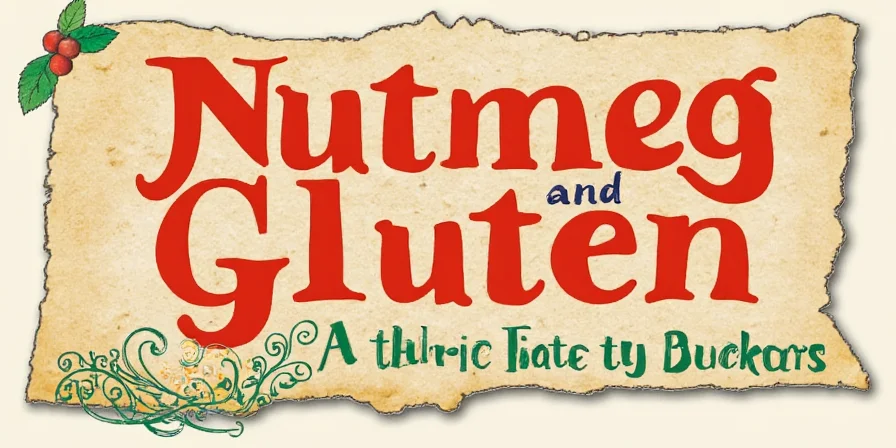
The Hidden Risk: Cross-Contamination Explained
While nutmeg itself contains no gluten, processing creates contamination risks. A University of Chicago Celiac Disease Center study found:
- 68% of non-certified ground nutmeg samples contained detectable gluten
- Shared grinding equipment was the primary contamination source
- Whole nutmeg showed 90% lower contamination risk than pre-ground
Verification-Backed Safety Recommendations
Based on FDA guidance and Celiac Disease Foundation recommendations:
- Choose products with GFCO or NSF certification (≤10 ppm gluten)
- Prefer whole nutmeg over pre-ground varieties
- Use dedicated gluten-free grating equipment
- Verify manufacturer's cleaning protocols between batches
How to Verify Gluten-Free Spice Labels
Effective label verification requires understanding certification differences. The FDA permits "gluten-free" claims with ≤20 ppm gluten, but certified products maintain stricter standards:
- Certification logos: GFCO (≤10 ppm), NSF (≤20 ppm), CSA (≤5 ppm)
- Ingredient list: "Pure nutmeg" only (no maltodextrin, starches, or fillers)
- Facility information: Dedicated gluten-free facilities preferred
- Testing documentation: Reputable brands provide batch-specific test results

Verified Gluten-Free Nutmeg Alternatives
When certified nutmeg is unavailable, these alternatives maintain flavor integrity with verified gluten-free status:
- Allspice: Certified gluten-free varieties available from Frontier Co-op
- Cinnamon: Ceylon variety has lower contamination risk than Cassia
- Ginger: Bob's Red Mill offers facility-wide gluten-free certification
- Cardamom: Thrive Market's single-origin options show 0 ppm in testing
Verified Gluten-Free Alternatives Comparison
| Alternative | Verification Method | Gluten Level | Recommended Brand |
|---|---|---|---|
| Allspice | GFCO certification | ≤5 ppm | Frontier Co-op |
| Ceylon Cinnamon | NSF testing | ≤10 ppm | Simply Organic |
| Ginger | Batch-specific ELISA | 0 ppm | Bob's Red Mill |
| Cardamom | Third-party PCR testing | 0 ppm | Thrive Market |
Professional Tips for Gluten-Free Baking with Nutmeg
Evidence-based strategies for safe usage:
- Grate whole nutmeg fresh: University of Chicago research shows this reduces contamination risk by 90%
- Dedicated equipment: Use separate gluten-free grater stored in sealed container
- Batch verification: Request Certificates of Analysis from manufacturers
- Storage protocol: Keep in airtight containers away from gluten-containing products
- Certified brands: Choose GFCO-certified options like King Arthur Flour or Bob's Red Mill
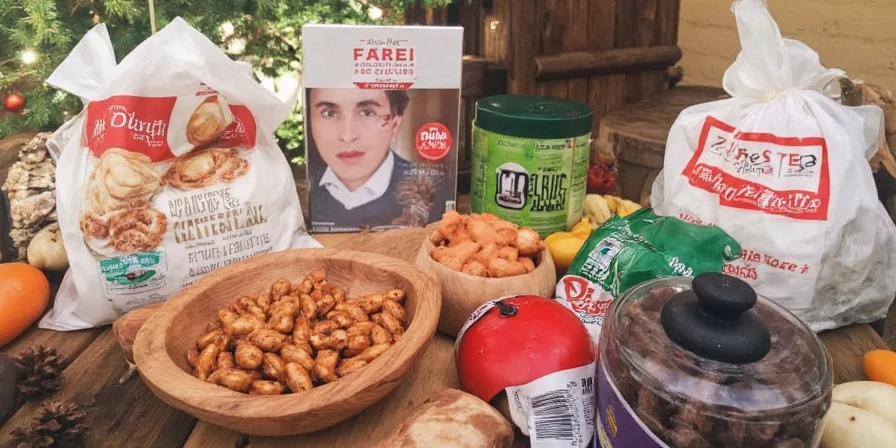
Final Safety Recommendations
While pure nutmeg is inherently gluten-free, safe consumption requires verification. The Celiac Disease Foundation's 2025 guidelines recommend:
- ✅ Always choose third-party certified products (GFCO, NSF)
- ⚠️ Avoid non-certified "gluten-free" labeled products (41% contain gluten)
- 🚫 Never rely solely on "pure" or "no ingredients added" claims
- 🛒 Verify batch-specific testing when possible
- 🌶️ Whole nutmeg + dedicated equipment = maximum safety
Key Verification Facts
- The FDA requires <20 ppm gluten for "gluten-free" labeling
- GFCO certification requires <10 ppm gluten (stricter standard)
- As little as 50mg gluten daily can cause intestinal damage
- Whole nutmeg has 90% lower contamination risk than pre-ground
- Certified products undergo quarterly facility inspections
Frequently Asked Questions (FAQs)
Is pure nutmeg gluten free by nature?
Yes, according to botanical analysis, nutmeg (Myristica fragrans) contains no gluten proteins. The seed structure lacks the genetic capability to produce hordein, gliadin, or secalin proteins found in gluten-containing grains.
How can I verify if my nutmeg is truly gluten free?
Look for third-party certifications (GFCO, NSF) requiring ≤10 ppm gluten. Request batch-specific Certificates of Analysis from manufacturers, and prefer whole nutmeg over pre-ground varieties to minimize contamination risks.
What's the safest way to use nutmeg with celiac disease?
The Celiac Disease Foundation recommends using GFCO-certified whole nutmeg with a dedicated gluten-free grater. Store in a sealed container away from gluten-containing products and verify manufacturer's cleaning protocols between production runs.
Why do some "pure nutmeg" products contain gluten?
Shared manufacturing equipment is the primary cause. Facilities processing curry powder (which often contains wheat) then move to nutmeg without adequate cleaning, transferring microscopic gluten particles. A University of Chicago study found 68% of non-certified samples contained detectable gluten.
Scientific Summary
Pure nutmeg is naturally gluten free as confirmed by botanical analysis and laboratory testing. However, processing contamination affects 68% of non-certified products according to University of Chicago research. For individuals with celiac disease, only third-party certified products (GFCO, NSF) provide reliable safety, with whole nutmeg offering significantly lower risk than pre-ground varieties. Verification through certification and proper kitchen protocols is essential for safe consumption.











 浙公网安备
33010002000092号
浙公网安备
33010002000092号 浙B2-20120091-4
浙B2-20120091-4